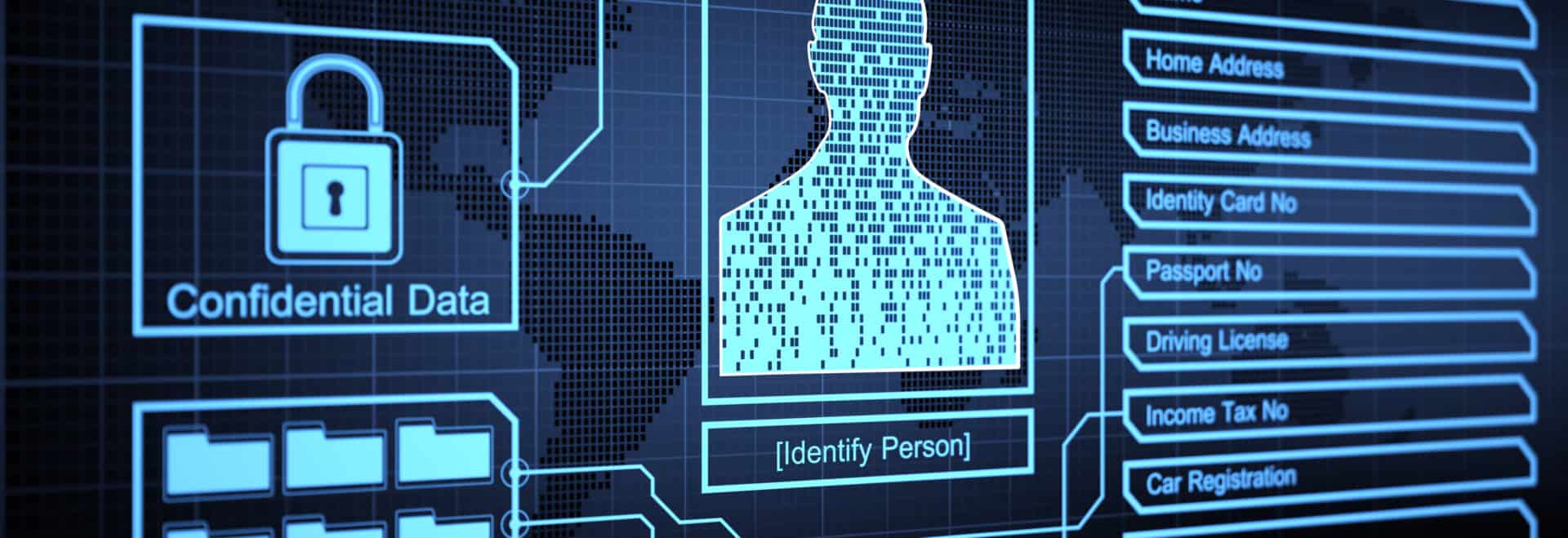When astrophysicists say the universe is expanding, one always thinks “if the universe is everything, what is it expanding into?” Apparently, we’re not looking at it the right way. The expansion is intrinsic, where the scale of space itself changes. It’s still 100% of everything, it’s just that everything is bigger than it was.
You know what else is bigger than it once was? Data. We measure the digital universe in terms of the volume of data that exists. In 2010 IDC estimated big data was 1.2 zettabytes (that’s 1.2 trillion gigabytes) by 2020 that had risen to 40 zettabytes. It’s a scary thought, but the exponential growth of the digital universe means 90% of all data was created in the past 2 years.
With scale comes complexity, which impacts how we store data, how we sort it, analyse it, transport it, collaborate with it, and above all, how we protect it. We have all become digital entities, with just about everything there is to know about us out there somewhere in the digital universe.
The Value of Business Data
Data is, without doubt, the most valuable, intangible asset a business possesses. It comprises everything from the billing details of customers to the operational data that keeps the manufacturing plant operating efficiently, and the ingredients of the secret sauce, whatever that might be.
All data has value, and the loss of data can be very expensive. In 2020 IBM research conducted by the Ponemon Institute put the average cost of a data breach at $3.86 million, but if you’re in the US, or a healthcare company you’re looking at double that.
These totals comprise costs associated with the identification, escalation, notification and remediation of a breach. Of course, there are long-term implications of a breach that are not so easy to monetise. Lost revenues resulting from an erosion trust, a loss of competitive edge due to stolen IP, financial penalties arising from a breach of compliance regulations, even the personal impact of legal action against executives in the event of negligence.

Network security
The high-speed public and private network infrastructure that supports our big data universe is not inherently secure. A reliance on firewalls and other prevention technologies is short-sighted and does not constitute a robust cybersecurity stance. One thing that is apparent in the big data world is that breaches are inevitable.
When your data is lost or stolen (not if), the only way to secure it against third party exploits is to make sure it is encrypted. But remember, not all encryption technologies were created equal, and they don’t all offer the same degree of assurance.
For long-term data protection your encryption solution needs to include state-of-the-art encryption key management, securing your keys throughout their lifecycle – from generation to storage, distribution, rotation and destruction.
Content Security
Post 2020, the world of collaboration is a very different place. Once the preserve of the busy executive, the field salesperson or the geographically diverse; remote file sharing and collaboration has become standard operating procedure.
With the exponential rise in the use of public and private file sharing applications, organizations are exposing themselves to an increasingly diverse and sophisticated threat landscape. Documents, spreadsheets, PDFs and image files are not only data theft targets but the unknowing vehicles for a wide variety of malicious content.
The limits commonly placed on email attachment sizes have driven an entire generation of workers to use public file sharing applications for convenience. The challenge for IT security teams is that a lot of these workflows sit in a grey area, where they have little or no control over the security of the data or the platform across which files are exchanged.
Most, if not all, of the popular platforms have suffered harmful breaches in recent years, including DropBox, Box, Google Docs, OneDrive, iCloud and others. Recently, the security flaws in Accellion have seen organisations as diverse as reserve banks, state government agencies, telecommunications giants and law firms suffer significant breaches.
A paradigm shift
In the battle between hackers and defenders, the defenders have traditionally been stuck playing catch-up. Reacting to emerging threats as they become known will ensure they are always on the back foot and will provide hackers with windows of opportunity to exploit security weaknesses.
If cybersecurity professionals are to stay ahead of their criminal counterparts, they need to change the way they think about security. For network security this means deploying agile systems that are dedicated to the role of network data security, eschewing the use of multi-function network devices with embedded encryption.
Future-proofing your network data security solutions means leaving behind the old method of break, patch repeat that exposes networks to unnecessary risk and complexity, and often leads to expensive hardware swap-outs. It also means proactively implementing today, solutions that will protect against tomorrow’s threats; such as those represented by quantum computing. Senetas CN Series encryptors, for example, can now incorporate NIST shortlisted quantum-resistant algorithms alongside the best in contemporary standards-based algorithms.
For content security, it means getting ahead of the game. Rethink your approach to combatting ransomware and other malware; deploy proactive solutions that can protect against undisclosed attacks or zero-day exploits, not just known threats. Votiro Secure File Gateway is the perfect example, it provides enterprise wide content security without relying upon prior threat disclosure.
For file sharing it means adopting a security first stance. Solutions such as SureDrop were built with secure collaboration in mind and feature all the convenience of other public file sharing platforms with the addition of state of the art encryption key management, 100% control over data sovereignty and the additional protection of file fragmentation security.
Best of all. This enhanced security doesn’t come at the expense of network performance or user experience. For more information, contact us.


